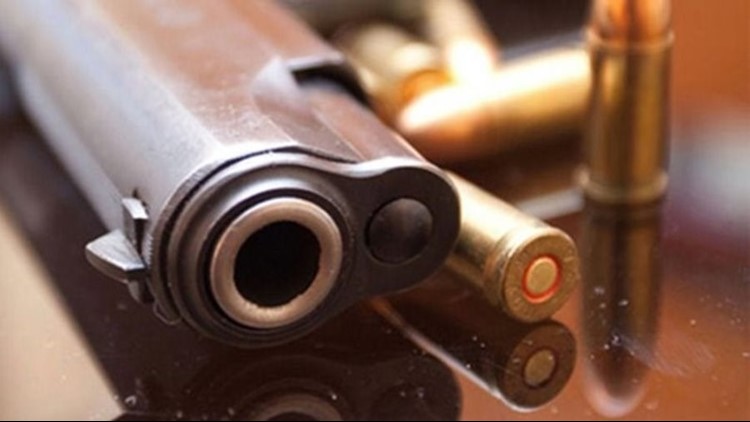Approximately 63 percent of firearm-owning households in Washington don't properly store their guns, according to study by the University of Washington School of Public Health.
The study defines proper storage of firearms as locked, unloaded and out of reach of others.
Researchers also studied the differences in suicide-risk behaviors among 35,000 Washington households with and without firearms. Those behaviors included self-storage practices in firearm-owning households, alcohol use and mental health indicators.
Suicide is the 10th-leading cause of death in the U.S. and nearly half of those deaths involve a firearm. In Washington in 2016, guns were the leading cause of suicides among men and were the second-leading cause among women.
Researchers at UW analyzed data from Washington’s Behavioral Risk Factor Surveillance System, a telephone survey run by Centers for Disease Control that collects data such as health-related risk behaviors. They found that 34 percent of survey respondents in 2013, 2015 and 2016 lived with a firearm in their home, most of which tended to be older, white males who were married and retired.
Of that group, only 37 percent said they lived in households where their firearms were locked, unloaded and out of reach of others. The majority of those respondents were likely to be younger, female college students who had minor children in the home.
Researchers also found no significant differences in mental health indicators between people who live in homes with firearms and those who don’t live in firearm-owning households.
Lead author Erin Morgan, a doctoral student in the Department of Epidemiology, said these findings could help policy makers and public health officials to think twice about how they go about suicide intervention when a gun is in the home.
“Public health workers, emergency responders and policy makers should push to tailor suicide interventions and trainings for safe storage practices with suicide risk and firearm access in mind,” Morgan said. “Temporarily restricting access to a firearm for someone at risk is an opportunity to save a life."



